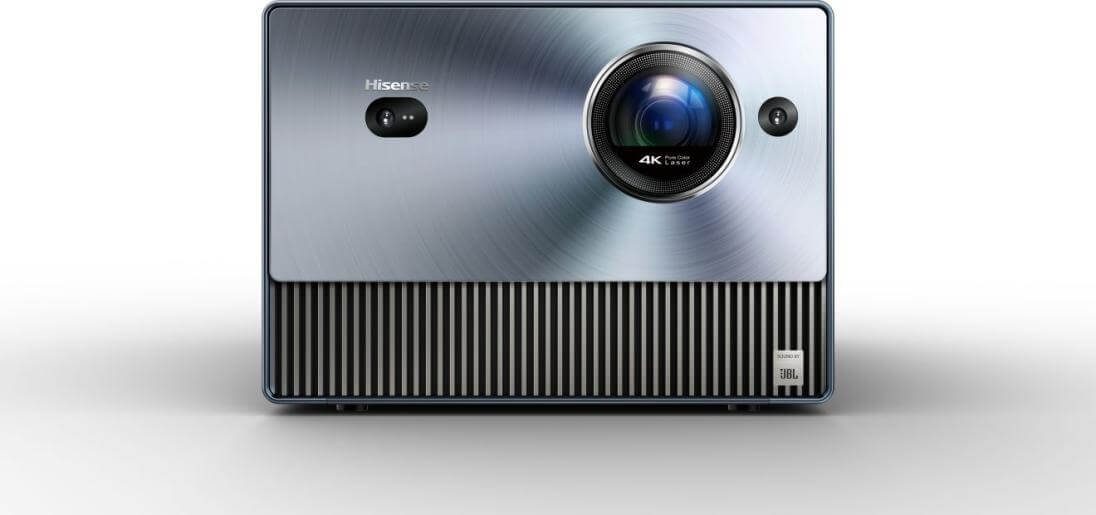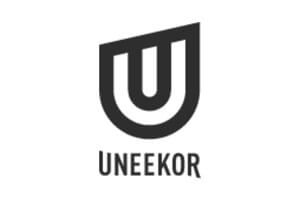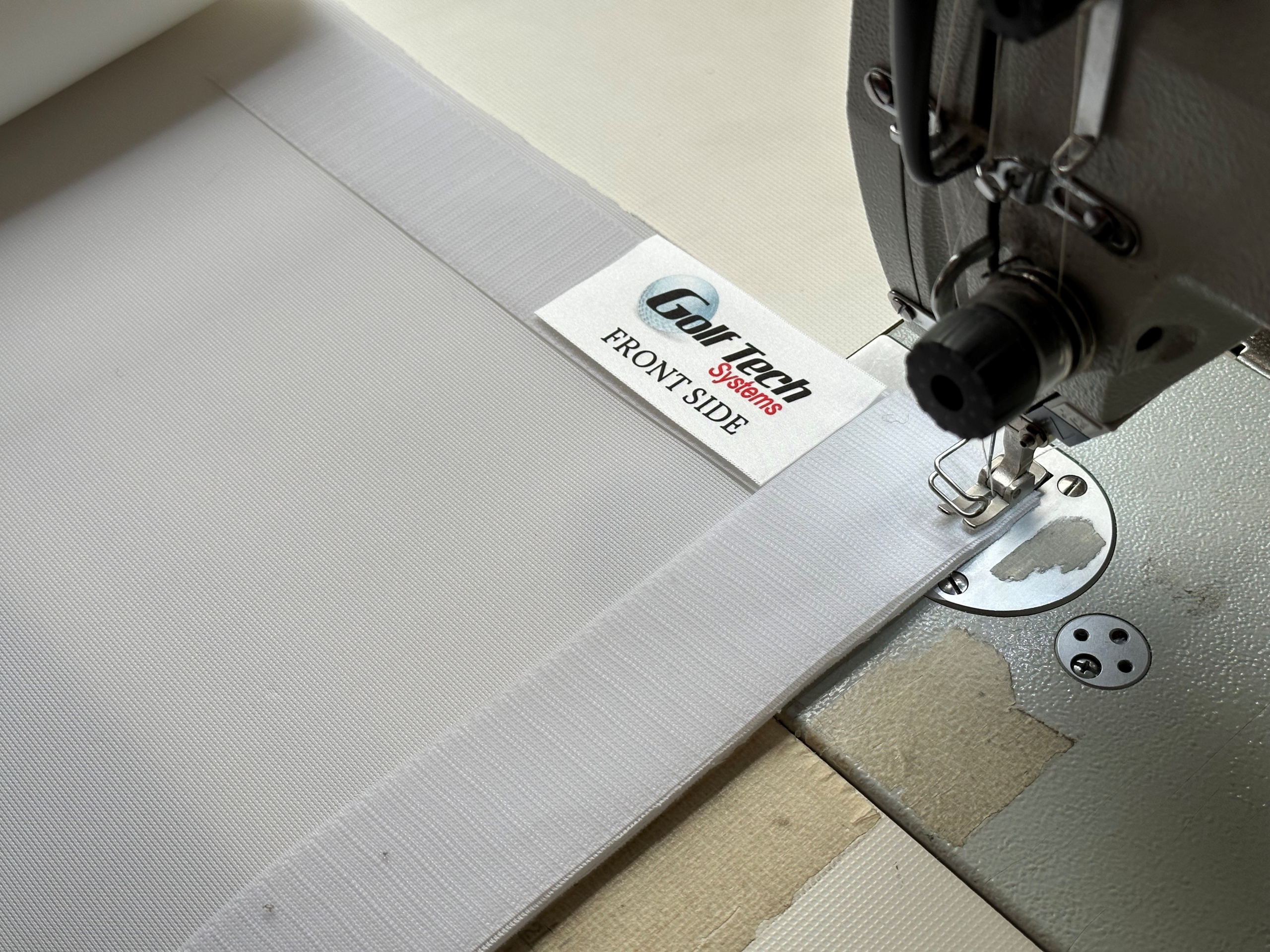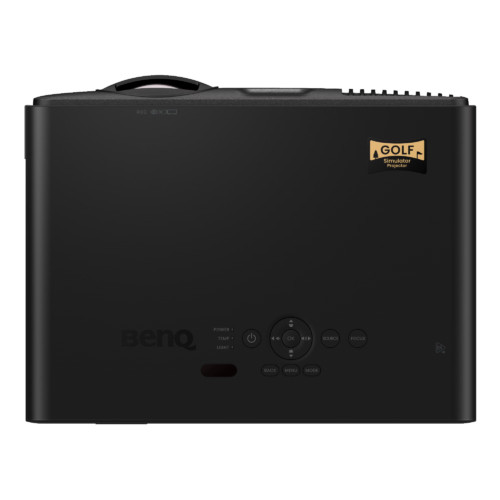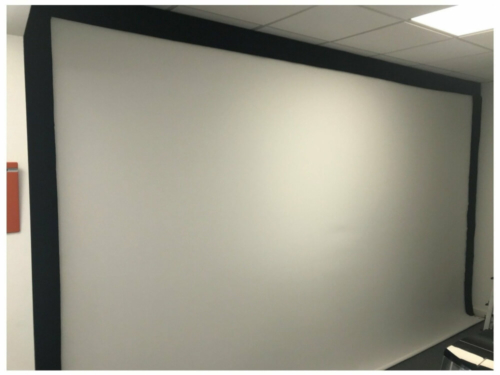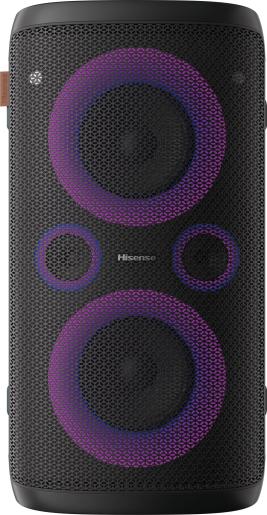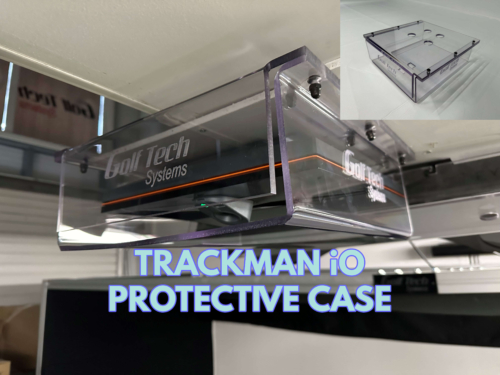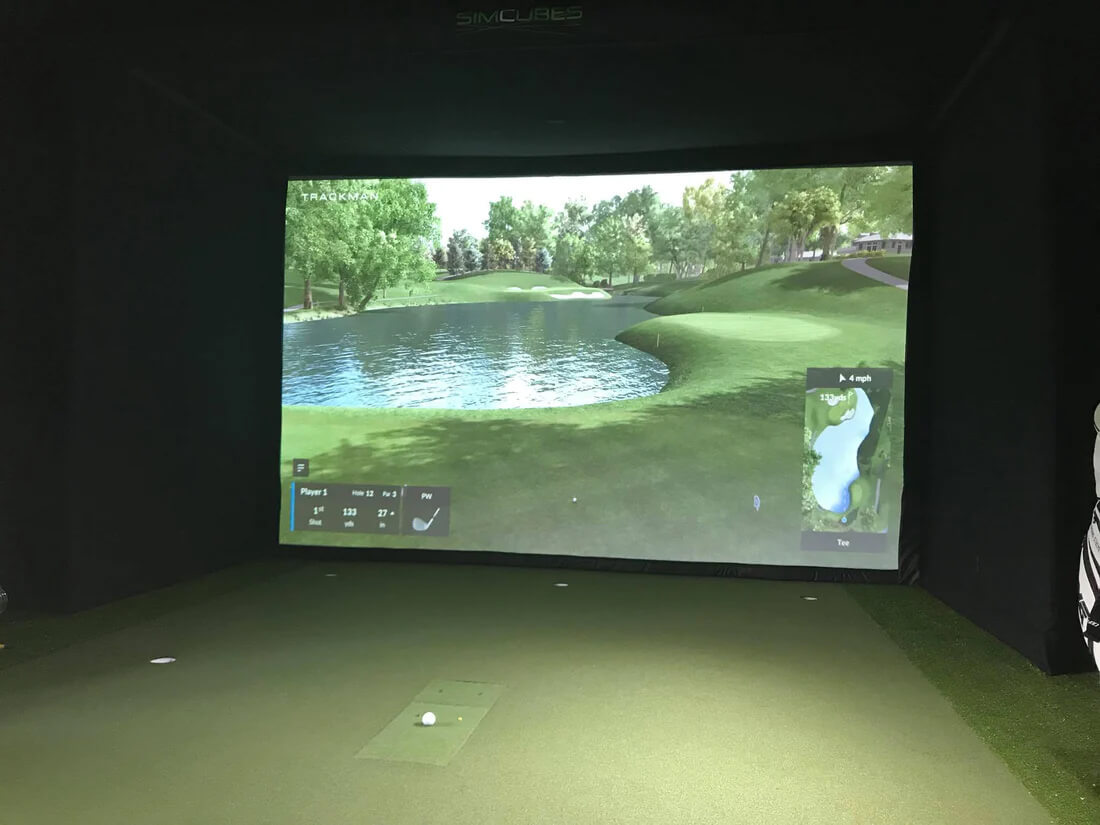
So the second of our component articles looks at Golf Simulator Impact Screens.
Many customers call in and ask simply what they’re actually getting with the impact screen. The usual questions are:
- how long will it last
- what is the bounce back like
- how good is the image quality
- What material is it
- What is the cost
- Can it be made to specific dimensions
So impact screens can be classed under a couple of different materials. Back in the day archery netting was used pretty much everywhere. This is still available from some suppliers and its main benefit is that it’s more durable than the screens that are more traditionally found today. Now you’d be asking why is it not used in every sim, well the simple answer is image quality. Archery netting will look great when first installed but will rapidly stretch and sag. All screens will do this but archery netting will be much more dramatic and if you want to see a crisp impact screen then this isn’t the material for you.
Bounce back again is better with archery netting. But if you think about it, this is logical because the netting will stretch and absorb the shot. This helps bounce back but again, as mentioned, it will make image quality poor.
We use Par2Pro SQ material which is a spacer material. This helps absorb the impact of the ball along with reduced creasing & sag. SQ stands for ‘Super Quiet’ and it really does make a difference when the ball impacts the screen. Bounce back on SQ is pretty good and you’ll find its actually the wedges that result on the ball ‘rolling’ up of the screen with the slower, higher spin shots.
SQ is an expensive material and we make no effort to hide it. Shipping during and after covid has had the most effect on the price and being the UK distributor for this material has made the price increase, which we wish we didn’t see. However in this industry you definitely get what you pay for and you’ll find many customers opting for SQ material.
Now onto wear. We always get asked how long will it last. Quite simply this is the same as asking how long the tyres on your car will last. Hit Silverstone for the morning and the tyres are shot. Spend the same time doing the school run and the trip to the shops and your tyres will last a good time. The same goes for impact screen material and sadly the better the golfer, the quicker the wear. Hitting the same small area on the screen means the screen will wear faster. Higher handicaps that have tend to have a bigger impact area will get longer use.
This is as well the case for ball speed and spin and that leads us nicely onto the ball you use. If you use a Pro V1 then you’ll be quite aware that after a round of golf the ball will have scuffs & cuts from your wedges due to the softer cover. Now imagine this ball with a sharp scuff spinning into the screen material at high speed with a lot of rpm. The ball will abrase the material and wear it down. The key to this is check your golf balls regularly and move any scuffed balls to your practice bag. Whilst you will spend out more on golf balls, it will help to preserve screen life dramatically.
Finally dimensions. At Golf Tech we supply SQ material in raw form, off the roll so you can fabricate & suspend the material the way you want. Alternatively we will make your screen to your specification or many of our customers buy our trim kit with angle iron and we specify the screen so it will fit directly to your walls/ceiling. This is by far the most popular option as it takes the headache away from the customer and is simple to DIY install.
So the moral to golf simulator impact screens is simply ‘you get what you pay for’ but you have to appreciate the better the player and the worse the ball, the quicker the screen will need replacing.


